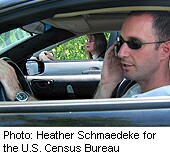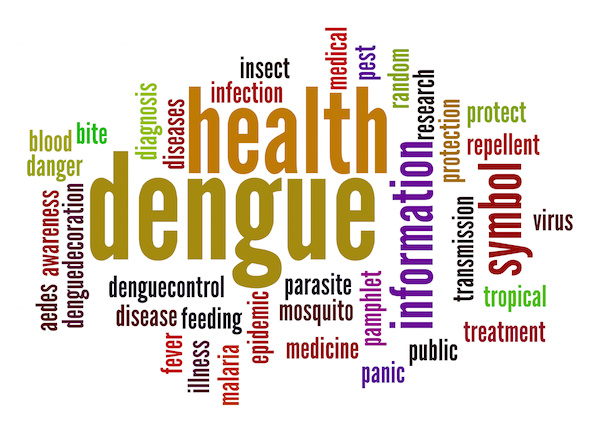
TUESDAY, May 31 (HealthDay News) — Cell phones may cause brain cancer, a panel of experts reporting to the World Health Organization (WHO) announced Tuesday.
After reviewing dozens of studies that explored a possible link between cancer and the ubiquitous hand-held phones, the experts classified cell phones as “possibly carcinogenic to humans” and placed them in the same category as the pesticide DDT and gasoline engine exhaust.
The panel determined that an increased risk for glioma, a malignant form of brain cancer, appears associated with wireless phone use.
Globally, it’s estimated that 5 billion cell phones are in use. “The number of users is large and growing, particularly among young adults and children,” the International Agency for Research on Cancer said in a news release issued Tuesday.
The IARC made the announcement in Lyons, France, based on the work of 31 scientists from 14 countries. It will present its findings to the WHO, which may then issue its recommendations on safe cell phone use.
Experts said children are especially vulnerable.
“Children’s skulls and scalps are thinner. So the radiation can penetrate deeper into the brain of children and young adults. Their cells are dividing at a faster rate, so the impact of radiation can be much larger,” Dr. Keith Black, chairman of neurology at Cedars-Sinai Medical Center in Los Angeles, told CNN.
Until Tuesday’s announcement, the WHO had said that cell phones were safe to use.
The international experts behind Tuesday’s announcement met for eight days to review exposure data, studies of cancer in humans and in experimental animals, and other relevant data, looking for associations between cancer and the type of electromagnetic radiation found in cell phones, televisions and microwaves.
Dr. Christopher Wild, director of the International Agency for Research on Cancer, said this new paper is important “first and foremost just because of the large number of users worldwide that have access now to this technology.”
Also, the scientists found notable gaps in the existing research, he said, which “suggest interesting areas of future research that will improve the evidence base which we have in order to make decisions about the usage of mobile phones in the future.”
Responding to Tuesday’s announcement, John Walls, vice president of public affairs for CTIA-The Wireless Association, a trade group representing the wireless industry said: “Today, an International Agency for Research on Cancer (IARC) working group in Lyon, France categorized radiofrequency fields from cellphones as ‘possibly’ carcinogenic based on ‘limited evidence.’ IARC conducts numerous reviews and in the past has given the same score to, for example, pickled vegetables and coffee. This IARC classification does not mean cell phones cause cancer. Under IARC rules, limited evidence from statistical studies can be found even though bias and other data flaws may be the basis for the results.
“The IARC working group did not conduct any new research, but rather reviewed published studies,” Walls added in a news release. “Based on previous assessments of the scientific evidence, the Federal Communications Commission has concluded that ‘[t]heres no scientific evidence that proves that wireless phone usage can lead to cancer.’ The Food and Drug Administration has also stated that ‘[t]he weight of scientific evidence has not linked cell phones with any health problems.'”
There has been conflicting research in recent years on the health hazards posed by cell phones. As recently as February, British researchers reported that cell phones do not increase the risk of brain cancer.
Their analysis of data on newly diagnosed cases of brain cancer in England between 1998 and 2007 — when cell phone use was climbing — revealed no statistically significant change in the incidence of brain cancers in men or women, said the University of Manchester researchers.
There was a very small increase (0.6 more cases per 100,000 people) in the incidence of cancers of the brain’s temporal lobe. That works out to 31 extra cases per year in England’s population of nearly 52 million people, the researchers said.
But the study authors also noted that cancers of the brain’s parietal lobe, cerebrum and cerebellum in English men fell slightly during the study period.
That study was released online in the journal Bioelectromagnetics.
Dr. Otis Brawley, chief medical officer for the American Cancer Society, said the WHO’s classification of cell phones “means that there could be some risk, but that the evidence is not strong enough to be considered causal, and needs to be investigated further. The bottom line is the evidence is enough to warrant concern, but it is not conclusive.”
Dr. Nagy Elsayyad, an assistant professor in the Department of Radiation Oncology at the University of Miami Sylvester Cancer Center, agreed, saying scientists don’t know much more about cell phone safety than they did before the WHO statement. “They [WHO] indicate it is a possible, not a probable source,” he said. “But they still cannot come out with a positive conclusion.”
Elsayyad advises using an ear piece or speaker when talking on a cell phone.
“If you hold the phone away from your brain that ought to decrease the risk tremendously,” he said.
More information
To learn more about brain cancer, visit the U.S. National Library of Medicine.

